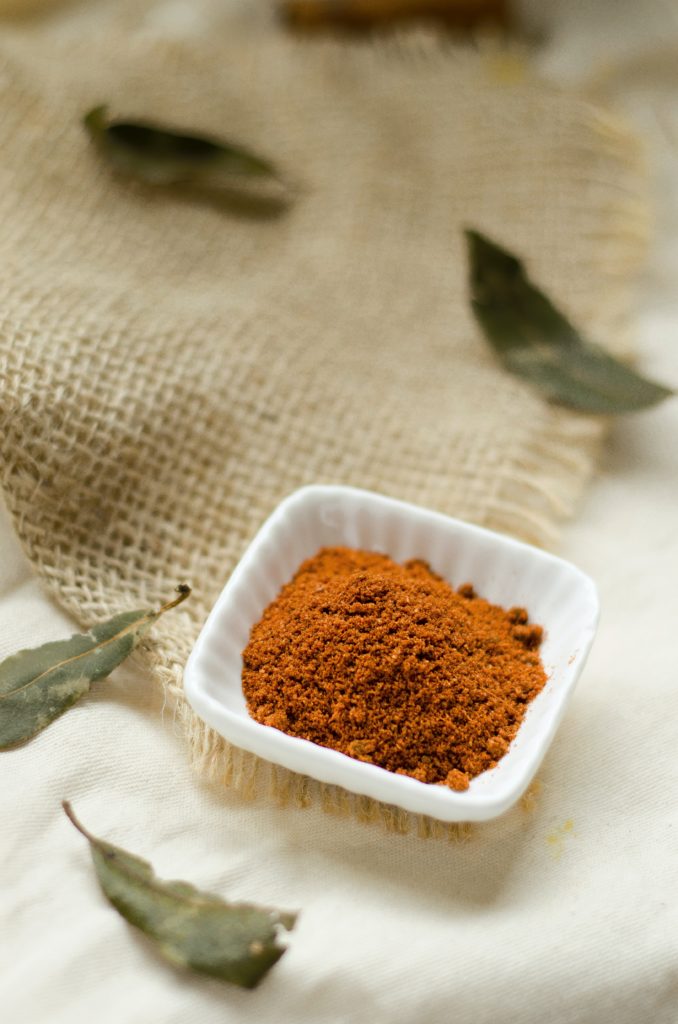The Wide World of Cinnamon

You may not give it much thought when you reach for the cinnamon spice to add to your favorite dessert or coffee drink. Grown in tropical regions in and around Indonesia, cinnamon has been used in cooking, baking and for health benefits for thousands of years.
Did you know there is more than one variety of cinnamon? Cassia and Ceylon cinnamon each boast their own flavors and different essential oils with their own medicinal properties.
Quick History of Cinnamon
Today cinnamon is widely available and fairly inexpensive, but this wasn’t always the case.
Chinese writings date use of cinnamon back to at least 2800 BC, showing the origin of the spice in Ceylon (now Sri Lanka). Throughout history, it was so prized that it was at times used as currency and was the reason for multiple wars between various European conquerers.
Doctors in medieval times regularly used cinnamon to treat sore throats and coughs. The Egyptians used it for embalming, and the Romans for respiratory and digestive aids. Over the centuries, cinnamon has also been used to mask the smell of spoiling food and corpses not yet laid to rest.
By the early 1800s, the exclusivity of cinnamon was waning when it was discovered that cinnamon could be grown in more than just Sri Lanka. The “cinnamon monopoly”, as it was known at the time, was coming to a close, ending skirmishes between the Dutch and Portugeuse, and the English and French over who fought for control over the lands from where cinnamon was harvested.
Types of Cinnamon
There are two varieties of cinnamon: Cassia and Ceylon cinnamon. Both kinds are harvested in sheets found beneath the bark of different varieties of Cinnamomum tree, an aromatic, evergreen tree that is part of the laurel family.
When harvested in these large sheets, the cinnamon dries and naturally curls up into the familiar quill shape (then cut into sticks) we often use to adorn our cider drinks. Those sheets can be ground into a powder spice or made into an extract.
Cassia cinnamon is the spice most often purchased at the grocery store; there are actually three types of this deviation of the spice: Chinese, Indonesian and Saigon. In America, the most common is the Indonesian variety; it has the mildest and sweetest flavor. Saigon cassia is very flavorful and almost spicy, while Chinese cassia (most often used for medicinal purposes) boasts a bitter taste.
Ceylon cinnamon, dubbed by some as the “true cinnamon”, is less common. The flavor is more delicate and less intense than cassia cinnamon.
What’s the Difference?
The oils derived from cassia cinnamon are 95% cinnamaldehyde, while Ceylon cinnamon is much lower, 50-63%. This explains the difference in flavor and aroma, and also the difference in potency for health benefits.
Cassia cinnamon is also higher in coumarin, which is no problem for most people in moderate doses. Too much coumarin can have negative side effects related to liver damage and cognitive impairment.
Health Benefits of Cinnamon
Ancient civilizations were on to something when they began using cinnamon for all manner of health conditions. Here’s a few of the properties:
- Cinnamaldehyde is anti-viral, anti-fungal and antibacterial
- Cinnamon contains lots of polyphenol antioxidants which are anti-inflammatory
- It’s also good for gastrointestinal troubles and can be a digestive aid.
- Promotes gut health: It’s antimocrobial and has prebiotic properties that encourage the growth of “good” bacteria the body needs to fight off the “bad”
- Contains manganese which is a powerful mineral that is integral in metabolism function, calcium absorption and regulating blood sugar. It’s also necessary for brain and nerve function
- Lowers blood sugar and blood pressure
So next time you reach for that delectable cinnamon roll or ask for a cinnamon stick to adorn your hot cider, remember you are doing something good for your health and body. At the same time, you are also carrying on a centuries-old tradition of love for the spice of cinnamon.
